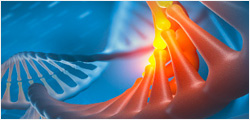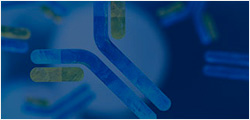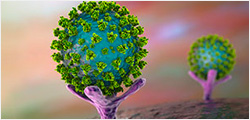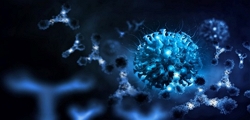Background: Tenascin-C (TNC) is an extracellular matrix (ECM) protein involved in tissue damage and fibrosis. Chimeric antigen receptor (CAR) cell therapy is a novel therapeutic approach that has attracted increasing attention in recent years. Here, we engineered CAR-macrophages targeting TNC (TNC-CAR-Ms) and explored the underlying mechanism through which TNC-CAR-Ms treat liver fibrosis.
Methods: The role of TNC in liver fibrosis was studied in established Tnc knockout (KO) and littermate control mice. A TNC-targeted single-chain variable fragment (scFv) was designed to generate TNC-CAR-Ms and evaluate their biological function. The phagocytosis and killing effects of TNC-CAR-Ms were tested in vitro, while ... More
Background: Tenascin-C (TNC) is an extracellular matrix (ECM) protein involved in tissue damage and fibrosis. Chimeric antigen receptor (CAR) cell therapy is a novel therapeutic approach that has attracted increasing attention in recent years. Here, we engineered CAR-macrophages targeting TNC (TNC-CAR-Ms) and explored the underlying mechanism through which TNC-CAR-Ms treat liver fibrosis.
Methods: The role of TNC in liver fibrosis was studied in established Tnc knockout (KO) and littermate control mice. A TNC-targeted single-chain variable fragment (scFv) was designed to generate TNC-CAR-Ms and evaluate their biological function. The phagocytosis and killing effects of TNC-CAR-Ms were tested in vitro, while the antifibrotic efficacy and safety of TNC-CAR-Ms were evaluated in vivo. The underlying mechanism through which TNC-CAR-Ms treat liver fibrosis was investigated by Western blotting, flow cytometry, and RNA sequencing.
Results: TNC expression was significantly upregulated in the liver and activated hepatic stellate cells (HSCs) in carbon tetrachloride (CCl4)-treated mice. Animal studies showed that Tnc KO protects mice from CCl4-induced liver damage and fibrosis. Upon demonstrating their ability to engulf and kill activated HSCs, we intravenously administered TNC-CAR-Ms to fibrotic mice and found that TNC-CAR-Ms significantly reduced liver fibrosis. Mechanistically, TNC-CAR-Ms specifically migrated to liver tissues, potently reduced TNC expression, and decreased the activity of the Toll-like receptor 4 (TLR4)/nuclear factor kappa-B (NF-κB) and integrin/focal adhesion kinase (FAK) signaling pathway. In addition, TNC-CAR-Ms significantly modified the hepatic immune microenvironment, characterized mainly by an increase in the numbers of M2-polarized macrophages and CD8+ T cells in the liver. Finally, in CCl4-treated mice, the depletion of CD8+ T cells with an anti-CD8α antibody significantly impaired the antifibrotic effect of TNC-CAR-Ms.
Conclusions: Our proof-of-concept study demonstrates the therapeutic potential of TNC-CAR-Ms in alleviating liver fibrosis and may inform the development of future therapeutic strategies for the treatment of a range of liver diseases with a fibrotic phenotype.

































